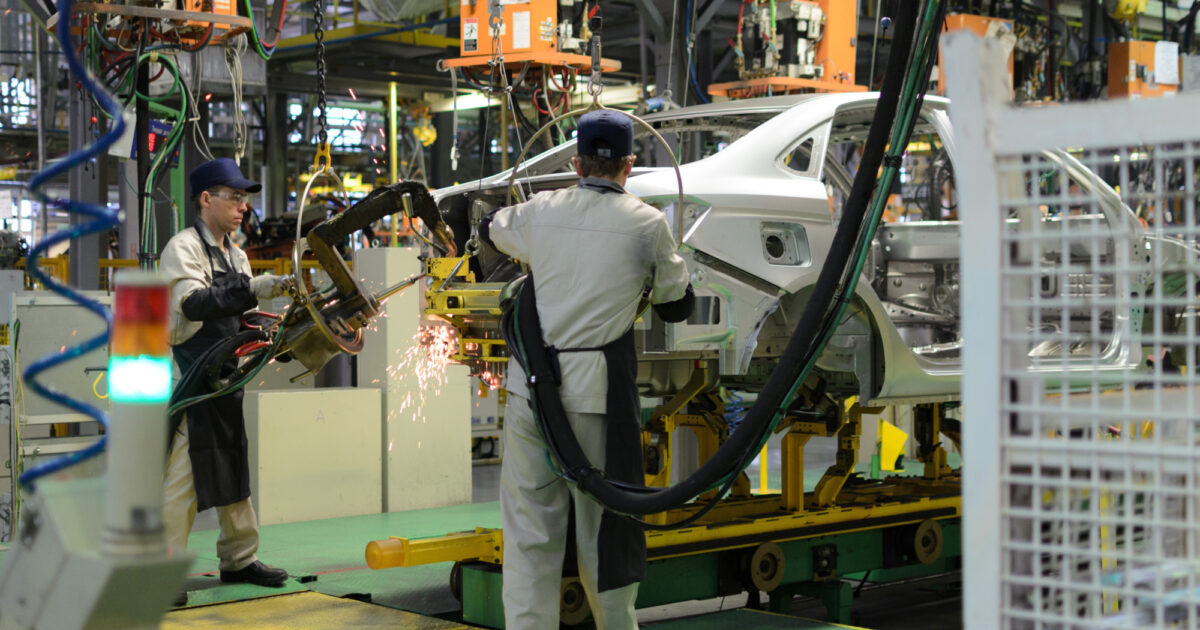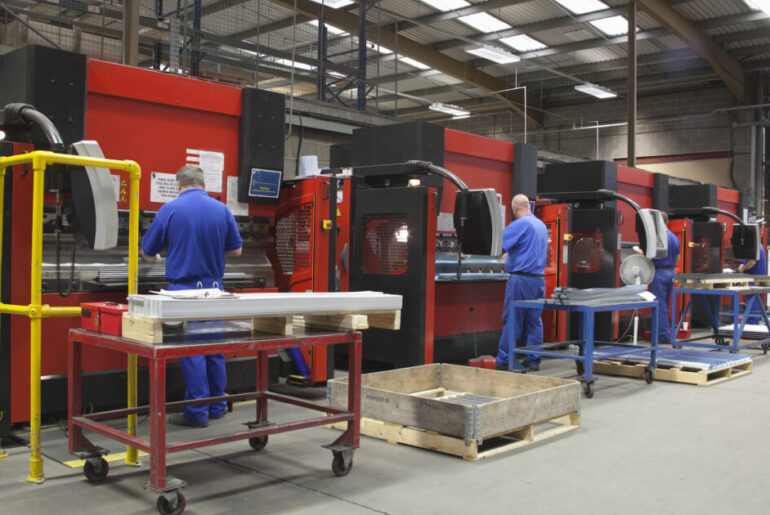(Originally posted on Oct 31, 2022 on the Drishti blog)
A significant amount of time is devoted to analyzing metrics in manufacturing. These data sets and insights drive strategy and investment. Allotments of focus, money and resources—across functional areas from sales to the manufacturing floor—are driven by this core strategy. Most mature and successful companies, including lean manufacturers, measure execution against this strategy, each in its own inimitable way.
There are key questions that executives like myself ask when working with these analyses:
- Do they paint the relevant picture and Is the data complete?
- How do I build a complete sense of the situation and trust the recommendation?
This is where the genba plays a significant role—a tool that we, at Drishti, are transforming today.
What do the figures represent?
Whether these analyses are derived from operational KPIs or financial figures, each is a representation of some kind of performance within the organization. The problem is that these figures, while telling of performance, do not show enough detail creating a challenge in connecting the dots. They don’t always get to the “why?” question and often are too far removed in time from the actual source of an issue. The farther we get from the things that cause the end result, the harder it is to answer the why question, and even more difficult it is to affect change—even with the best subject matter experts thinking about solutions for your factory floor.
This lack of detail and context doesn’t mean the figures are useless. They just aren’t complete.
Genba
The creators of the Toyota Production System (TPS) came up with a uniquely simple solution to this potential information gap problem: The Genba. It translates to, “the real place, the place where the actual work is done.”
In TPS, the plant leadership is expected to go on genba walks. What this means is that leaders go to the manufacturing floor and individual workstations. The fundamental idea is that if you want to know how your business is running, you need to know how it’s running at the actual place where the value is created. In the manufacturing business, that place is where product is being produced. As an interesting aside, Japanese police also use the word genba to describe a crime scene!
Leaders will go to the floor and observe the process and workers. They observe. They will ask questions — at times with a formal checklist — that test the quality and robustness of the workstation. Questions like:
- What are you currently working on?
- Is there an established process for this type of work?
- Do you have any problems with the process?
- Is there a problem currently?
- How can you fix the issue?
- What is your problem solving process?
- Who do you speak to for problems that you can’t resolve?
While on the line, leaders think scientifically, hypothesize, and then(in the case of TPS) fill A3 reports that trigger a PDCA process.
In doing genba walks, leaders are becoming familiar with the actual cause of the end figures in the aforementioned reports. What I cannot overstate is this one critical fact:
Every operational or financial figure resulting from production (gain or loss), starts at the workstation. Every strategic improvement project, victory or failure, boardroom performance metric PowerPoint slide, was decided, earned or lost at that point of value.
Drishti updates the genba for the modern manufacturer
At Drishti, we understand the essence of genba; in fact, we created the virtual genba view to make that process even easier. We know that when a manufacturer reviews operational figures and starts a giant improvement project, they’re really attacking an issue at the workstation. The digitization of the genba, the creation of the virtual genba, is an investment in this grassroots approach. Focusing on the point of value—the workstation— will result in the greatest strides in productivity and quality.
We see at least two digital interpretations made possible via the virtual genba. First, there is the simpler concept of compressing space and time by, for example, bringing the plant to the people instead of having the people always travel to the plant—the need for which became abundantly clear during the covid lockdown. Engineers can now understand what is happening on the plant floor by executing genbas in real time or in the past by using videos of the activities on the entire production line.
Second, is an extension of the concept of the genba by delivering quantitative insights to help with the understanding and experimentation process. Drishti’s pioneering action recognition system is the first technology of its kind. Taking the field of computer vision past its 50+ year tradition of focusing on object recognition and, consequently, visual defect inspection, Drishti determines the actions being taken (or, not taken) at the assembly stations, continuously and in real time. Any deviations from the process are captured — good or bad — and actionable insights are delivered to those with the expertise to help.
As we continue this complementary digital focus, the operational and financial figures come to life because the context around them becomes real. I invite you to explore this new world where this continuous clarity from the point of action lets you make the most timely and impactful decisions confidently.
Interested in finding out more about how Drishti can help your business? Check out how Drishti has been helping some of the world’s biggest and most mature lean manufacturers achieve more than they ever thought possible.










